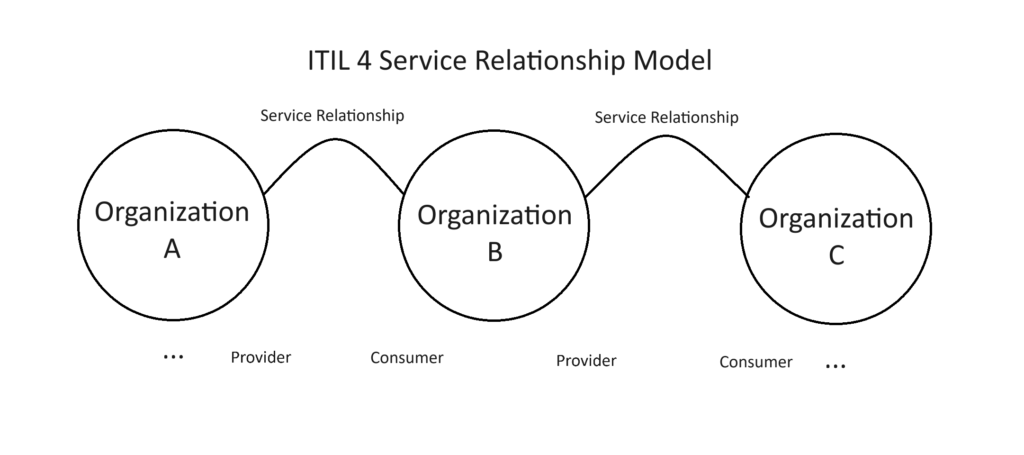Back in the days of ITILv3, focusing on process was the right thing to do at the time. Building out robust, documented, repeatable processes went a long way toward consistent service delivery, and for many years, this approach to service management was enough. Then in the late two-thousands, significant changes in availability of IT service suppliers and the flattening of service delivery created a situation in which our customers, who had historically been a “captive” audience, now had choices. They quickly learned that we weren’t the only game in town. They had choices from outside the organization. Enter shadow IT. Were we still relevant to our customers? If our role wasn’t service provision, what was it?
When ITIL 4 came around, the framework transitioned from an internal process-heavy focus to an external, customer-centered focus. At the time, the shift toward customer value “felt” right, but I couldn’t put my finger on the reason why. For a number of years, I had noticed that our customers were reasonably happy with the services we provided. But when we started engaging them strategically with BRM (Business Relationship Management) by fostering a relationship in order to understand their business and what they really valued, their happiness increased significantly. This practice worked in a big way, but why?
Today, I made a connection between the outsized results we reaped with BRM and Aggregation Theory. The basic idea of aggregation theory is that value chains have three different groups: suppliers, distributors, and consumers/users1. Before the Internet disrupted everything, distribution was expensive. Take the example of newspapers. Newspapers had to be physically distributed. Competitive advantage was gained by the distributors (e.g. New York Times, The Washing Post, etc.) integrating the suppliers (i.e., journalists). The reason this worked was because customers outnumbered suppliers. A distributor that integrated supplier relationships had a significant advantage over distributors that didn’t. This was integration up the value stream.
Post-Internet 2.0, the cost of the customer transaction decreased to practically zero as distribution became aggregated. Using our example, newspapers moved to digital editions and the cost of distribution decreased. But along with lowering customer transaction costs came de-personalization of the relationship. I missed the sight of my paperboy meandering down the street on his bike only to toss my paper in the bushes. In the new era, customers became weary of thousands of scattershot email solicitations, the rampant buying and selling of their information, and the always annoying automated feedback requests.
“You’ve been chosen as one of our special customers to give us feedback today. For your time and effort, you’ll be eligible to receive a totally worthless coupon that you can’t redeem unless you stand on your head, pat your belly, and cough three times.”
Customers actually missed drop-in visits from support team members, calls from their sales reps, and conversations with the engineering teams. The ubiquity of low-value customer connections had increased the value of the personal relationship. And it wasn’t just the relationship, it was the nature of what we did for them. While we continued to provide IT services (if not all), our role had to shift to that of a strategic partner. We had to grieve that we would no longer have the exclusive affections of our customers and accept that they had become poly-amorous, so to speak.
This is why the focus on value and relationship has taken center stage today. Successful organizations will be those that provide the best user experience. This means an increased focus on customer relationships and a careful curation of customer experiences – integrating customers down the value stream. It means continuously understanding what the customer really values. It means getting out and talking to our customers, and I don’t mean our robots talking to their robots. I mean WE have to talk with THEM.
1Incidentally, ITIL 4 simplifies this model by describing two top-level roles: providers and consumers, and then extending the concept to the three-part model by stating that organizations are both consumers and providers. ITIL 4 focuses on the relationships between organizations in the service relationship model.

